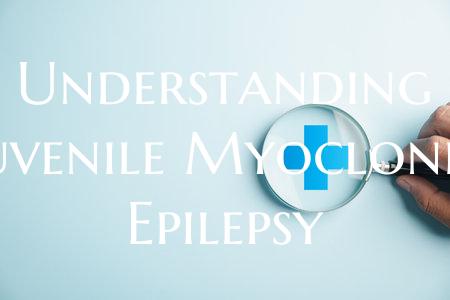
Understanding Juvenile Myoclonic Epilepsy
Juvenile myoclonic epilepsy (JME) is a common type of epilepsy that typically begins in adolescence, usually between the ages of 12 and 18. It is characterized by brief, jerking movements or muscle twitches called myoclonic jerks. These jerks most commonly occur in the early hours of the morning or upon waking, but they can also happen throughout the day.
People with JME may also experience generalized tonic-clonic seizures, formerly known as grand mal seizures, which involve a loss of consciousness and convulsions. Additionally, some individuals with JME may have absence seizures, which are brief episodes of staring or loss of awareness.
The exact cause of JME is not fully understood, but it is believed to involve a combination of genetic and environmental factors. Research suggests that there may be a genetic predisposition to developing JME, as it often runs in families.
Diagnosing JME typically involves a thorough medical history, physical examination, and various tests, such as electroencephalography (EEG) to measure brain activity during seizures. Treatment for JME usually includes antiepileptic medications to help control seizures and minimize their frequency and intensity.
Living with JME can present challenges, but with proper management and support, many individuals with this condition are able to lead fulfilling lives. It is essential for individuals with JME to work closely with healthcare providers to develop a comprehensive treatment plan tailored to their specific needs.
Education and awareness about juvenile myoclonic epilepsy are crucial in reducing stigma and promoting understanding. By fostering a supportive community and increasing knowledge about JME, we can help improve the quality of life for those affected by this condition.